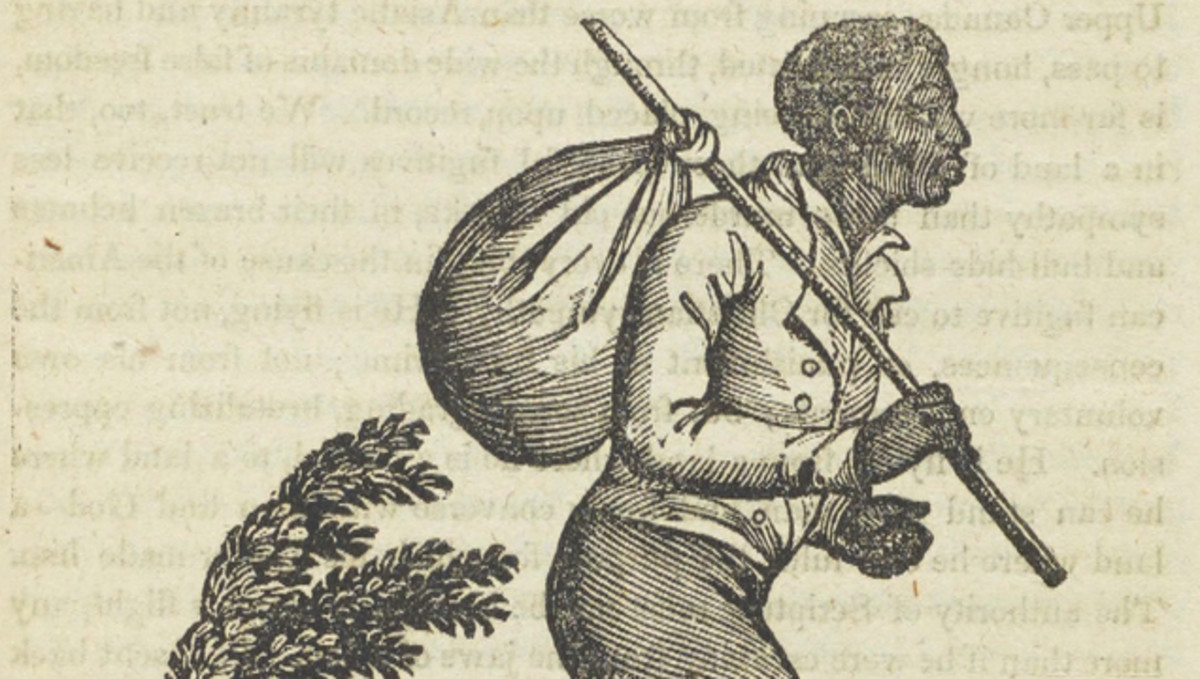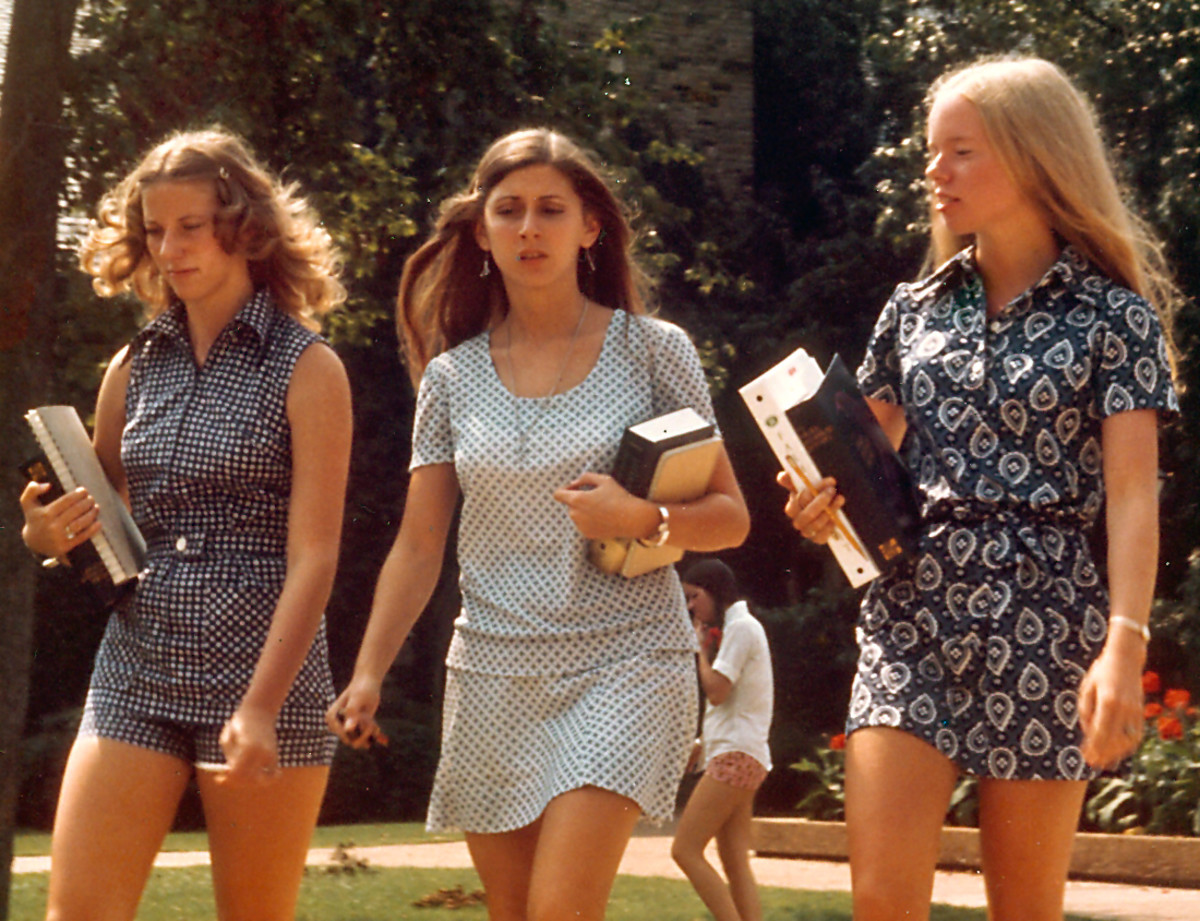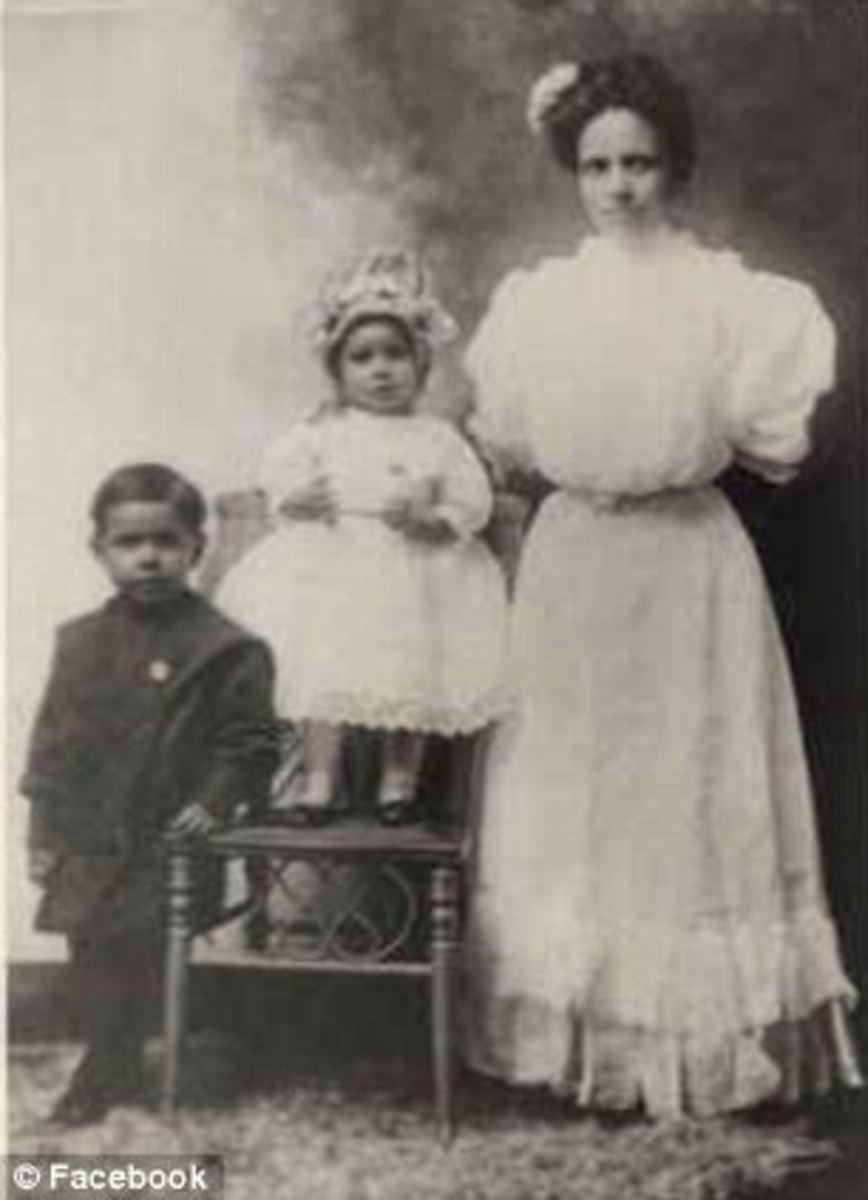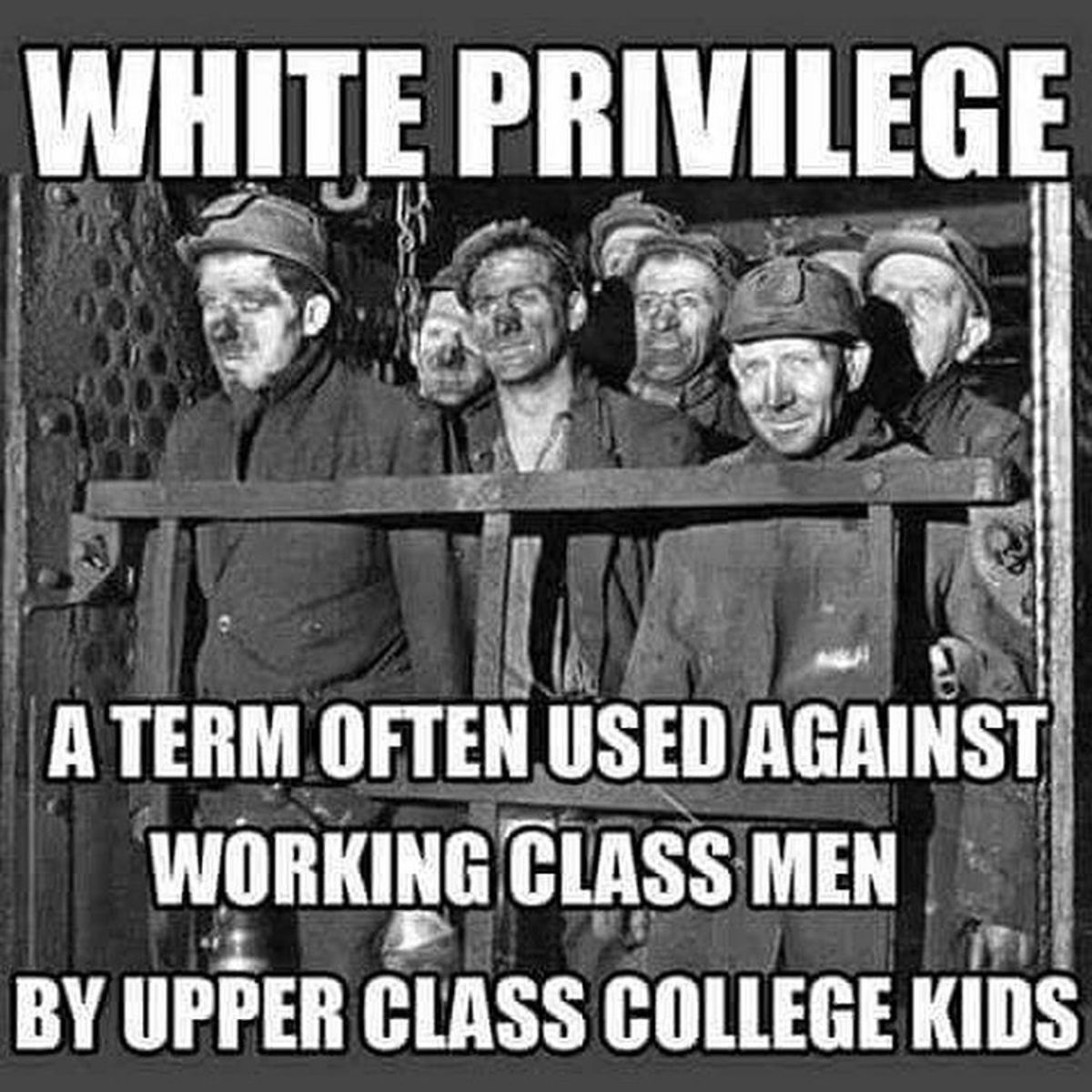My Experience in an After-School African-American Education Program
Before I begin
Do you believe African American students are less likely to succeed in Today's world than White students?
Is Education a White and Black Issue?
African American communities are often looked down upon in "white" America in regards to education, but is this stereotype that has spread sincere or is it a falsehood? Is the African American’s cultural identity conflicting with America’s standardized education system? What kind of history have African Americans had with education? These questions will be answered and will be compared with my own observational experience inside an African American education and cultural center.
A Quick History of Black Education
To begin, I feel it imperative to understand a
short history of African American education at its foundation. During and
immediately after the American Civil War, Blacks were conscious of their
newfound freedom. With this freedom came the question, ‘How do we become
independent?’. Eventually, across the American South, Black schools were
beginning to emerge. At the forefront of this new wave of Black education was
the Blacks themselves. “The black community gave much more toward their own
educational emancipation than did the far wealthier and far more numerous
people that surrounded them” (Butchart, 2010, pg. 3). The newly freed slaves
wanted to learn and taught themselves. “Learners of all ages attended the
earliest schools” (Butchart, 2010, pg. 7). Initially, according to early
teachers, freed slaves wanted to be educated on how to read and write; more
specifically, they wanted to learn how to read the Bible for themselves
(Butchart, 2010). Black schools in the American South during reconstruction
either had their own curriculum or tried to follow White school curriculum as
closely as it could if materials could be adequately provided (Butchart, 2010).
It is a common misconception that these newly freed slaves were taught
primarily by young, single, white women. “Freed people’s education was, on the
contrary, emphatically a work performed by African Americans for their own
emancipation” (Butchart, 2010, pg. 19). If Blacks were so enthused on teaching
themselves to be literate and emancipate themselves from Southern White
dominance, why have today’s African Americans scored so poorly in comparison to
Whites?
The Barriers Preventing African Americans From "Success"
Success can be defined in many ways. However, to be successful in the current American school system means a standardized format of success which does not work as a blanket solution. Fast forwarding to modern day America, there is still a divide between races. Whites and Blacks, at large, do not live harmoniously. Several barriers are still set in place in society that inhibits the progress of African American education. These barriers include “(a) the cultural models a minority group has with regard to the U.S. society and schooling, (b) the cultural and language frame of reference of a minority group, (c) the degree of trust or acquiescence the minorities have for White Americans and the societal institutions they control, and (d) the educational strategies that result from the above elements. These four factors are dependent in part on the group's history, its present situation, and its future expectations. They are combined in the term community forces” (Ogbu, 1992, pg. 289).
The First Barrier - Cultural Models
The first barrier is how African Americans see cultural models within U.S. society and schooling. In the past, post-Civil War South, “black teachers still accounted for more than one-third of all teachers in the freed people’s schools” (Butchart, 2010, pg. 19). In 2011-12, only 6.8% of all teachers in America were African American compared to a whopping 81.9% of all teachers being White (DES 2013). With far less cultural models in the American education system, how might this affect African American success rates in high school in comparison to Whites? In a statistical analysis of graduation rates based on race, the U.S. Department of Education concluded that Whites, aged 25 to 29, have attained a high school graduation rate of 94.1% collectively in 2013 and Blacks, aged 25 to 29, have attained a high school graduation rate of 90.3 collectively in the same year (DES 2013). With a difference of near 4%, it is difficult to say that this graduation rate is unsuccessful. However, this 4% grows enormously as Secondary Schools are brought into the fray. White graduates, aged 25 to 29, who hold a bachelor’s degree in 2013 is 40.4% outnumber Black graduates, aged 25 to 29, who hold a bachelor’s degree in 2013 at 20.5% (DES 2013). The statistics dictate that it is not the elementary or high schools that should be the focus of cultural role models, but rather what cultural factors are denying advanced secondary education for African Americans.
The Second Barrier - Frame of Reference
The second cultural barrier set up is the cultural and language frame of reference of a minority group. In sum, there are oppositional and non-oppositional cultural differences a minority group can state it has before or after it becomes a minority to the dominant race (Ogbu, 1992). “Non-oppositional cultural/language frames of reference are due to primary cultural/language differences” which lead to “a cultural frame of reference that is merely different, not oppositional” and therefore, are seen “as barriers to overcome” (Ogbu 1992 pg. 289). This non-opposition is set before a minority becomes a minority (Ogbu, 1992). “Oppositional or ambivalent cultural frames of reference are due to secondary cultural/language differences. The latter are differences that arose after a group has become a minority” and are “thus the product of reactions to a contact situation, especially one that involves the subordination of one group by another. At the beginning of the contact, both the dominant group and the minority group are characterized by primary cultural differences. But subsequently, the minorities develop new cultural features and reinterpret old ones in order to cope with their subordination or oppression” (Ogbu, 1992, pg 289). When African Americans were attempting to educate themselves, they needed to adapt their own curriculum that would coincide with the White school curriculum (Butchart, 2010). The United States government enacted the NAACP to ensure that Black schools were getting funded and were getting outfitted with proper material (Butchart, 2010). The Black community was developing new cultural features, such as White education, into their culture in order to become less of a minority and looked at as equals.
Historically, newly freed black slaves wanted to emancipate themselves from their former owners in order to show independence which they did through the white education system. The same theory could stand true today. From a business end, roughly 83% of all firms in America were owned by whites in 2007 (U.S. Department of Commerce, 2007). In order to break through the barrier of mistrust or finding the faults in the white education system, African Americans must have a vision for themselves which is longitudinal. The end goal being, "white" success.
The Third Barrier - Degree of Trust
The third barrier stated was the degree of trust or acquiescence (reluctance) the minorities have for White Americans and the societal institutions they control. “Some minorities have experienced many episodes in their relationship with Whites that have led them to believe that Whites and the institutions they control cannot be trusted; their comparative frame of reference is the education in White suburbs and they usually conclude that they are given different and inferior education” (Ogbu 1992, pg. 290). This mistrust of the “White” education system would then be “the extent to which blacks perceive more limited opportunities for upward social mobility than whites” (Harris, 2006, pg 806). Logically, this argument would make sense. A complete mistrust of an institution would render it obsolete or unneeded. If Blacks were to see White education as no means to advance their own social standing, then why pursue down this path? “While black students report greater returns to education and have higher educational apirations that whites, [there’s no] significant difference between whites and blacks in educational expectations” (Harris, 2006, pg. 802).
The Fourth Barrier - Educational Strategies
The fourth and final barrier for blacks to overcome are the educational strategies that result from the first three barriers. Teaching strategies have adapted and changed over time to include more culturally diverse content and various student groups. As an example, students with disabilities are now becoming included in general education classrooms instead of being secluded in their own classroom for the entire school day. On the rise in classrooms of elementary and secondary levels, are positive behavioral intervention and support systems that reinforce learning in the classroom (Scheuermann, Hall, 2012). The psychology has shifted away from focusing on how a student is behaving in regards to learning to why they are not behaving correctly in terms of learning and what methods the teacher could enact to encourage the student to learn (Scheuermann, Hall, 2012). This self-awareness is a recent educational development. With teacher’s being taught behavioral interventions and supports, they are going to understand cultural contexts better and respond to them differently and more appropriately.
My Experience
Much of educational research is done at public or private schools that stress score achievements over anything else. Many studies use these statistics as a means to an end when they should not be at all. Concluding that test scores in school institutions reflect poorly on a race misses the point entirely. What should be looked at are the methods of relaying information to the students in these institutions. Also, what further help are these students receiving inside as well as outside of the school institution? My experience at an African American Community Center focused on the furthered educational support black students received after school.
A Bit of Background on me
I am a 23 year old white college student that grew up in what is considered a “white suburb”. My own racial bias has stemmed from my environment of little diversity as well as my parental upbringing. My post-secondary education experience has taken me to colleges with a high diversity rate, where I have met a variety of people. My work experience lends me also to a high diversity rate where I work very closely with African Americans and consider them friends. However, this African American Cultural Center was the first look I had at the younger generation of African Americans that attended elementary, middle, and high school. I also believe it is important to note that this African American Cultural Center is African American led and run. It was an interesting situation that I had fumbled my way into to say the least.
The Initial Meeting
I arrived at the building in an area of my city that I would have never found myself going to on my typical day off. The Cultural Center was nestled between a city suburb block and a main road where there had been muggings at night recently. Inside were artifacts from various African tribes and artwork displayed created by African Americans in the city. I met with the leaders of the organization, who explained to me their mission and accomplishments during their time here. The group I was to co-supervise were middle school aged children dropped off via school bus, who were there until their parents arrived a few hours later. What struck me as odd was how receptive these young students were to me. To be quite honest, I did not expect the quick ease in. Many students considered me an authority figure, even though I did not have any strict authority. The students were courteous – or perhaps a bit apprehensive their first days I was there to observe before showing me their true nature. Looking back now, as I write this, observing/participating progressed in interactivity with the students as the days went on. My role had gone from a simple observer to a mentor, facilitator, and instructor. The cultural center was a place for after school learning where students would come and get assistance on their homework, if needed.
Work Ethic
What can be said of these students is they did their required work, save for the immaturities that were aroused due to the close proximity of seating choices with the students. Their work had to be checked by one of the supervisors that were in attendance or myself, which I did have a few come up to me on the first day to check it. I felt no disrespect from the students in my time there and as time went on, I was included in various games they played after their work was done. I was quickly put on a first name basis with the students, except for the Mr. prefix put before my name to show authority – or age.
At this cultural center, demand for work to be completed is very high. The reward for having completed one’s work varies. Laptops are sometimes supplied, games are played, and conversing with friends are among the more popular choices. But often times, as stated before, immaturity will get out of hand at times and must be suppressed. At one point during my experience, the immaturity became so extreme that one of the supervisors instilled a no talk policy which lasted three days. However dictatorial this method was, schoolwork was completed among all for those three days. This simply shows a varied method of instruction and behavioral interventions and supports in use.
Conclusions
I remember clearly how one of the supervisors told me that he knew after my time period ended, that I would not come back to the Cultural Center on my own terms. I am ashamed to say that he was correct. As I add this sentence nearly 4 years later, it has dawned on me how little I had accomplished and what an unaccomplished feeling I now have. Upon finishing that anthropological venture, I had felt a sense of accomplishment, like how I had conquered a fear, but would never go through the fear again. That feeling of accomplishment has since faded, and has been left with a deep feeling of guilt for lack of commitment to a cause that so needs attention, but will rarely see the light of day. I must conclude that I did not feel any mistrust among any of the students or faculty while spending time at the African American Cultural Center, which I believe a grand basis for many claims of African American being unsuccessful in school. I do not believe the error falls on elementary or secondary education levels, but rather it falls on the failure of the post-secondary level. Young, bright African Americans are willing to learn just as much as white individuals are. Given the necessary tools to succeed in education are imperative to all students no matter race, age, or intelligence level.
References Section
References Cited
Adaptation to Minority Status and Impact on School Success. John U. Ogbu. Theory into Practice, Vol. 31, No. 4, Literacy and the African-American Learner (Autumn, 1992), pp. 287-295. Published by: Taylor & Francis, LTD. Article Stable URL: http://www.jstor.org/stable/1476310
I (Don't) Hate School: Revisiting Oppositional Culture Theory of Blacks' Resistance to Schooling. Angel L. Harris. Social Forces, Vol. 85, No. 2 (Dec., 2006), pp. 797-834. Published by: Oxford University Press. Article Stable URL: http://www.jstor.org/stable/4494940
Scheuermann, B. K. & Hall J. A. (2012).Positive Behavioral Supports: For the classroom. Upper Saddle River, New Jersey: Pearson Education Inc.
National Center for Education Statistics. (2013). Racial/Ethnic Enrollment in Public Schools [PDF]. Retrieved from http://nces.ed.gov/programs/coe/indicator_cge.asp
National Center for Education Statistics. (2012). Number and percentage distribution of public elementary and secondary students and schools, by traditional or charter school status and selected characteristics: Selected years, 1999-2000 through 2010-11 [PDF]. Retrieved from http://nces.ed.gov/programs/digest/d12/tables/dt12_116.asp
National Center for Education Statistics. (2009). Average salaries for full-time teachers in public and private elementary and secondary schools, by selected characteristics: 2007-08 [PDF]. Retrieved from http://nces.ed.gov/programs/digest/d12/tables/dt12_087.asp
National Center for Education Statistics. (2013). Number and percentage distribution of teachers in public and private elementary and secondary schools, by selected teacher characteristics: Selected years, 1987-88 through 2011-12 [PDF]. Retrieved from http://nces.ed.gov/programs/digest/d13/tables/dt13_209.10.asp
National Center for Education Statistics. (2013). Percentage of persons 25 to 29 years old with selected levels of educational attainment, by race/ethnicity and sex: Selected years, 1920 through 2013 [PDF]. Retrieved from http://nces.ed.gov/programs/digest/d13/tables/dt13_104.20.asp
United States Census Bureau. (2007). Statistics for All U.S. Firms by Industry, Gender, Ethnicity, and Race for the U.S., States, Metro Areas, Counties, and Places: 2007. 2007 Survey of Business Owners [PDF]. Retrieved from http://factfinder2.census.gov/faces/tableservices/jsf/pages/productview.xhtml?pid=SBO_2007_00CSA01&prodType=table








